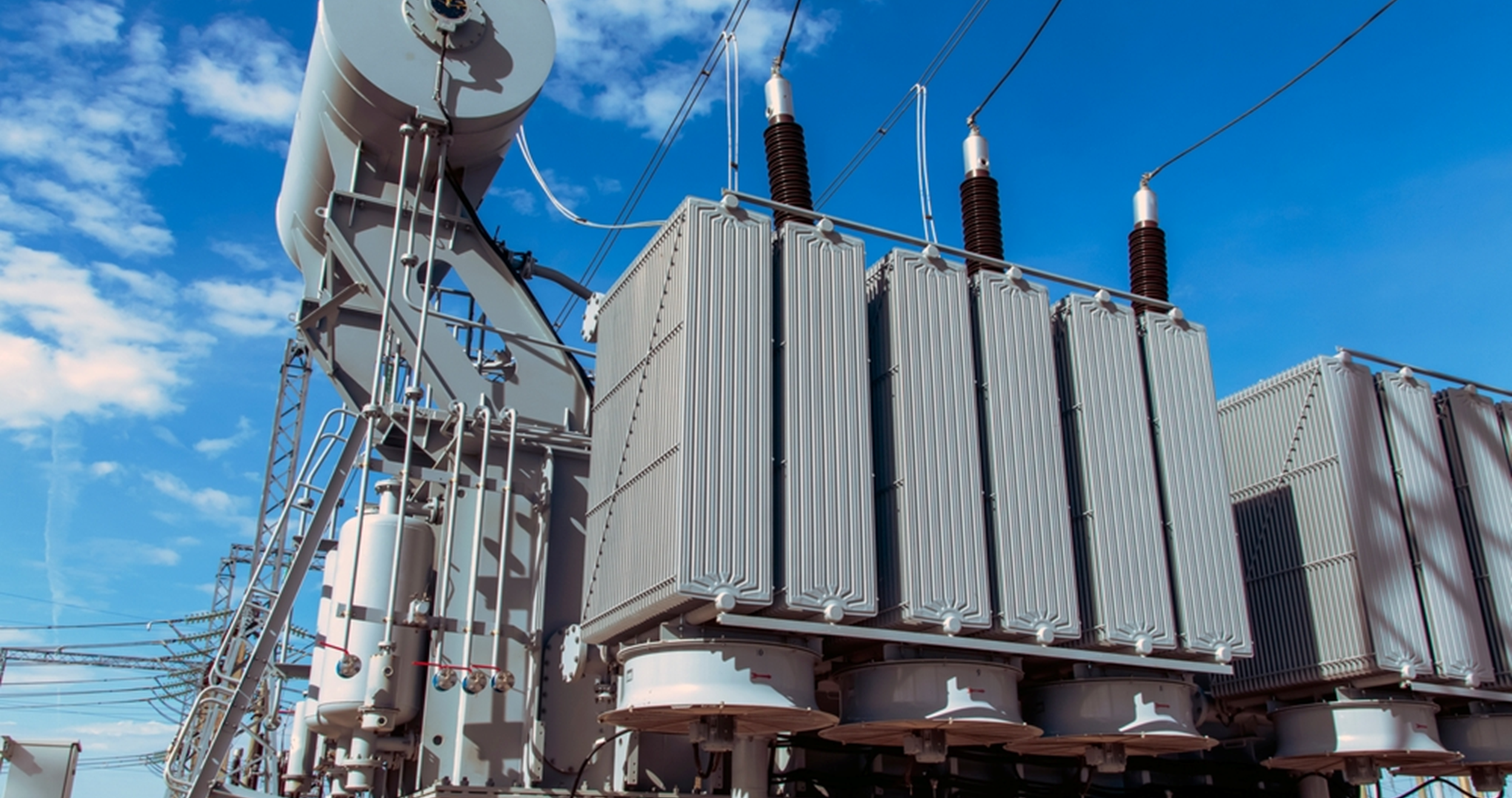Our recommendations
Last Update
01 May 2023
How can long duration energy storage may prove key to India’s renewable grid?
Understanding Long Duration Energy Storage (LDES)
The long duration energy storage (LDES) is defined as any technology that can be deployed competitively to store energy for prolonged periods and which can be easily scaled up in a sustainable manner both operationally and financially for hours, or multiple days or even extending weeks coupled with greater potential to decarbonize the economy. For India, the share of rising renewables in power mix brings with new challenges. This scenario leads to structural strains on the existing power infrastructure that are created by new flows of electricity and variability of both solar and wind power.
LDES provide significant benefits in terms of optimal system sizing and scaling-up costs, including low energy storage capacity capital expenditure (capex) and decoupling capabilities.
Mr. Ravi Shekhar, Director & Head, of Eninrac Consulting says “Long duration energy storage are attracting unprecedented interests from Governments, utilities and transmission operators globally and is expected to be same for India as well. The investments in the sector is gaining momentum in India as well. For LDES to be cost optimal the current costs must decrease by a tune of 60%. However, with technological advancement greater decline is also possible with solar and wind energy. Between 2022-2040, a whopping US$1.5 Trillion to US$ 3 Trillion of investments would be required globally. This investments shall be comparable to the cumulative investments in T&D systems every 2 to 4 years. For India LDES can play a critical and unique role as renewables would be taking a center stage in generation and will call for system flexibility on times ranging from hours to week. Mechanical energy storage with focus on pumped storage (PSH) plants and electrochemical storage solutions are likely to be expanding its base in coming decade.”
The US, Spain, and Germany have the largest reported capacities and projects in terms of regions. The capacity in the US is balanced between mechanical, thermal, and electrochemical projects, accounting for roughly 30 percent of global capacity. Most LDES projects in Spain, which account for 20 percent of global announcements, are thermal LDES. Germany also has two CAES projects with more than 200 MW, accounting for 10 percent of the total announced capacity globally. In Asia, Japan and China have announced at least 30 electrochemical projects, combining both flow and metal anode batteries.
- Communications Team
Do you want to seek Eninrac assistance in helping you resolve some critical business issues? Engage with us and reach out to our experts by using the Request for Proposal (RFP) form.
BEST VISION IS INSIGHT
Combine market knowledge and your skill to contribute value for end consumers

Transformer Sales Surge: ₹75,000 Crore Opportunity Ahead

Solar Parks Development Status in India

EU Solar Market 2024: Utility- Scale Resilience Amidst A Slumping Rooftop
Get started with
EI Market personalised demo
Complete the form to get in touch with our sales team to see our Visionboard platform in action. We'll show you how you can use eninrac to build a culture of action of consistently hunting down and eliminating poor market research expriences across your companies line of business


